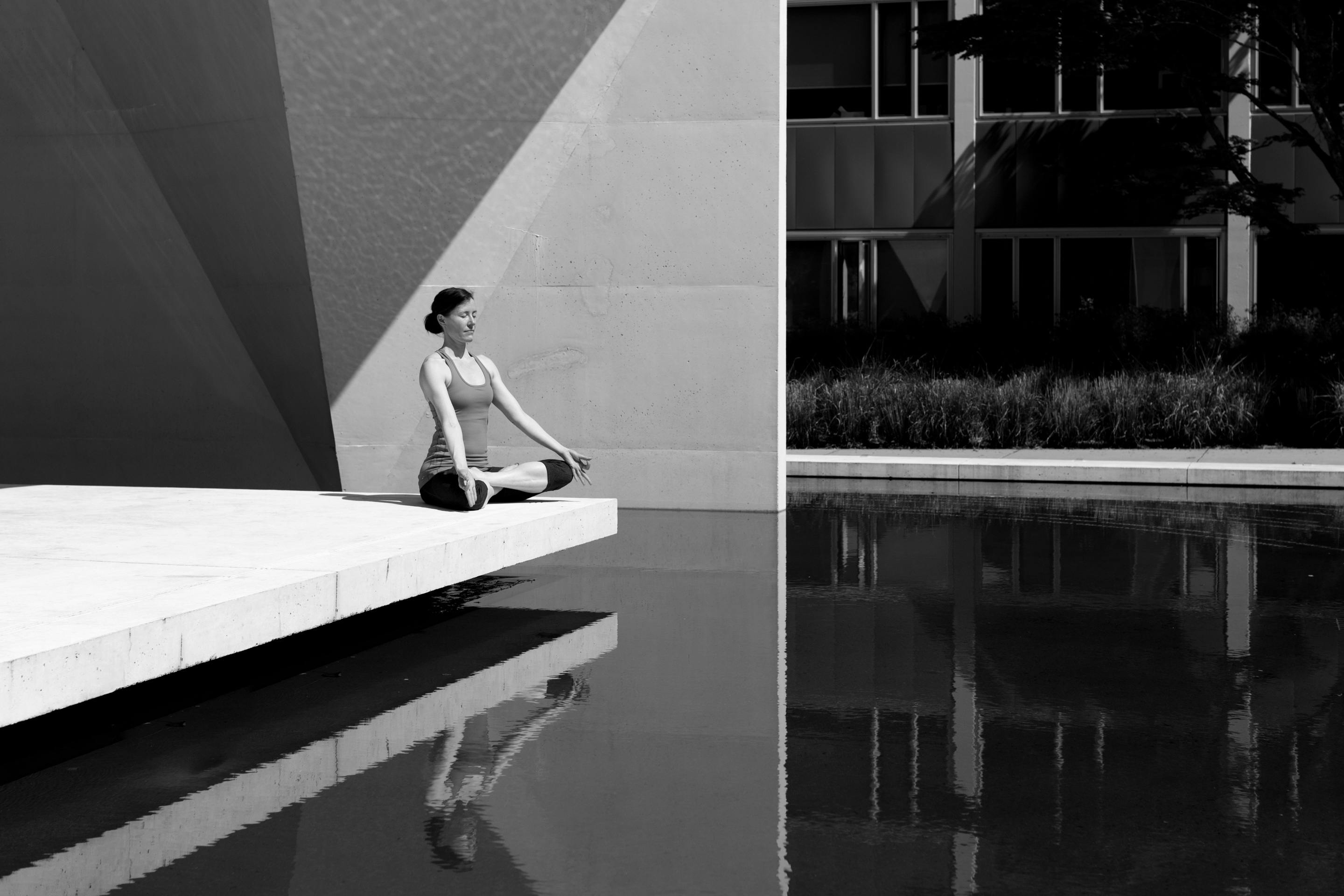Are you looking forward to your next ski trip this coming winter? Stay in shape while you do it. The biggest advantage of exercising in the off-season (versus waiting until fall) is that it allows you to endure the physical demands of the sport much longer. Plus, working your core, glutes, back, and legs early on helps you avoid more serious ski-related injuries.
You don’t need to go to extreme measures to be in top shape for your next ski vacation (READ: CrossFit is optional). There are many activities you can do this summer that can still have the same impact as the routines practiced by the USA Ski Team, but not as hard and rigid.
Bicycling
Target: legs, core, stamina
Frequency: 5 days a week for resistance training, twice a week for strength training
The key to staying on the slopes all day and still having enough energy for post-après ski activities is strong legs and core. Keeping them toned allows you to balance on your skis and helps you avoid fatigue mid-slope or along the mounds. Otherwise, you will be off to a rough start.
Biking in the off-season is a fun and great way to keep those muscles toned and limber (and give you your daily dose of adrenaline, if you’re thinking about mountain biking downhill).
Start with an easy, casual pace over a longer distance to help you build stamina while keeping your muscles moving and your heart pumping. If you’re ready to take your strength training a step further, up the gears (or the resistance on a stationary bike) to strengthen your leg muscles. Choose routes that include a lot of uphill climbing.
lap swimming
Target: all muscle groups and endurance
Frequency: once a week, in addition to your usual exercise routine
It’s not just a great way to beat the summer heat. Swimming exercises all muscle groups and helps build stamina for a day in the mountains. In addition, it helps you fight altitude sickness by improving your breathing.
Start slowly with a maximum of 10 turns, then gradually increase the number of turns up to 50 (or more).
Mountain’s race
Target: leg muscles and balance
It’s running, with a twist (and a few switchbacks and hills). Compared to running on hard, flat pavement, trail running not only strengthens your leg muscles, but also helps you focus more on maintaining your balance using different muscle groups as you progress over more difficult terrain. Also, soft dirt is a bit easier on the joints. The great view and fresh air is another added bonus.
Start with easier, longer trails before opting for routes that require uphill climbs and jumps.
Staying in shape doesn’t always have to mean sticking to your mundane routines. Mix it up a bit or consider one of these activities as an alternative to your current routine, and you’ll be ready for your next ski trip in no time.
